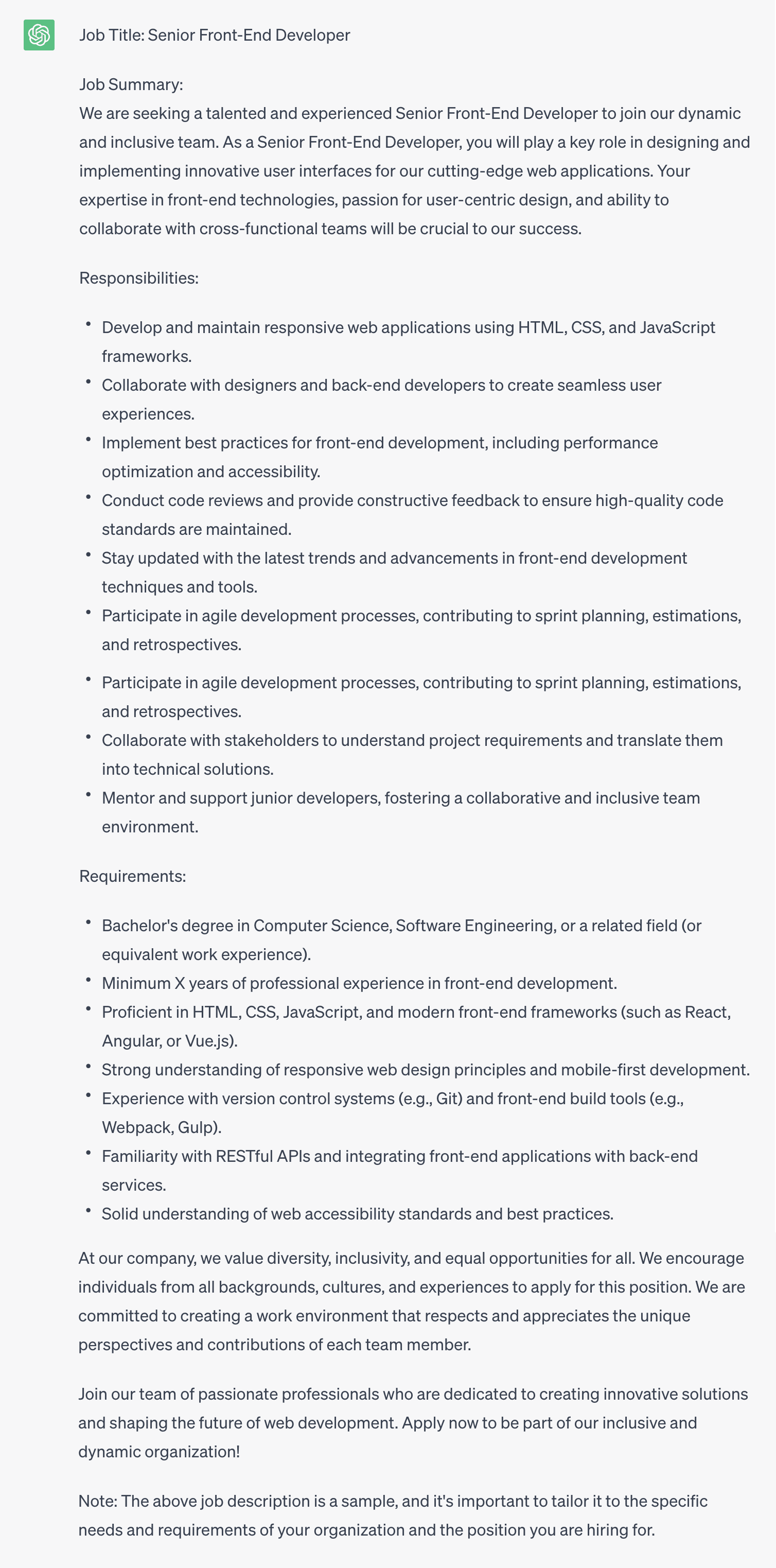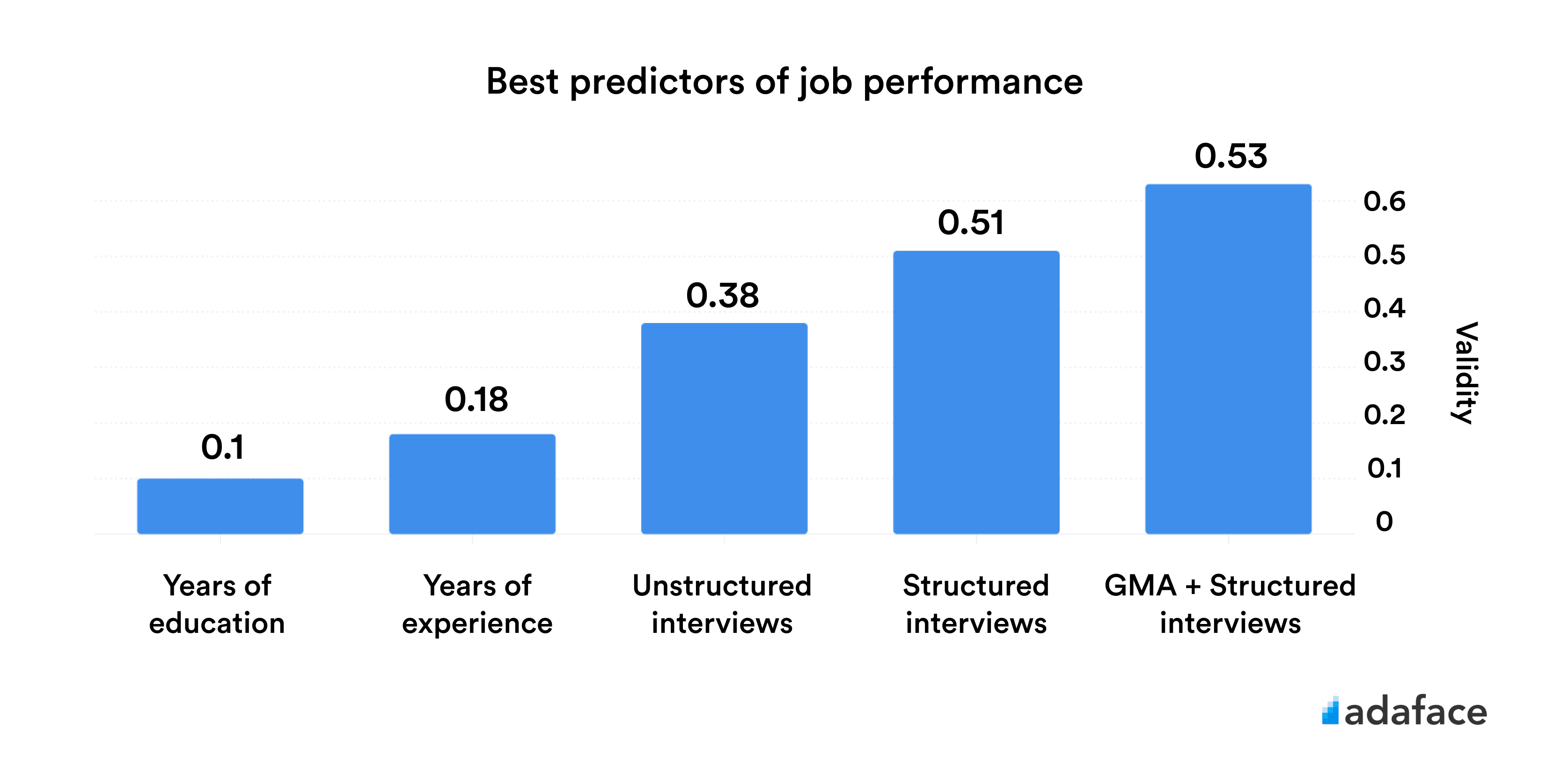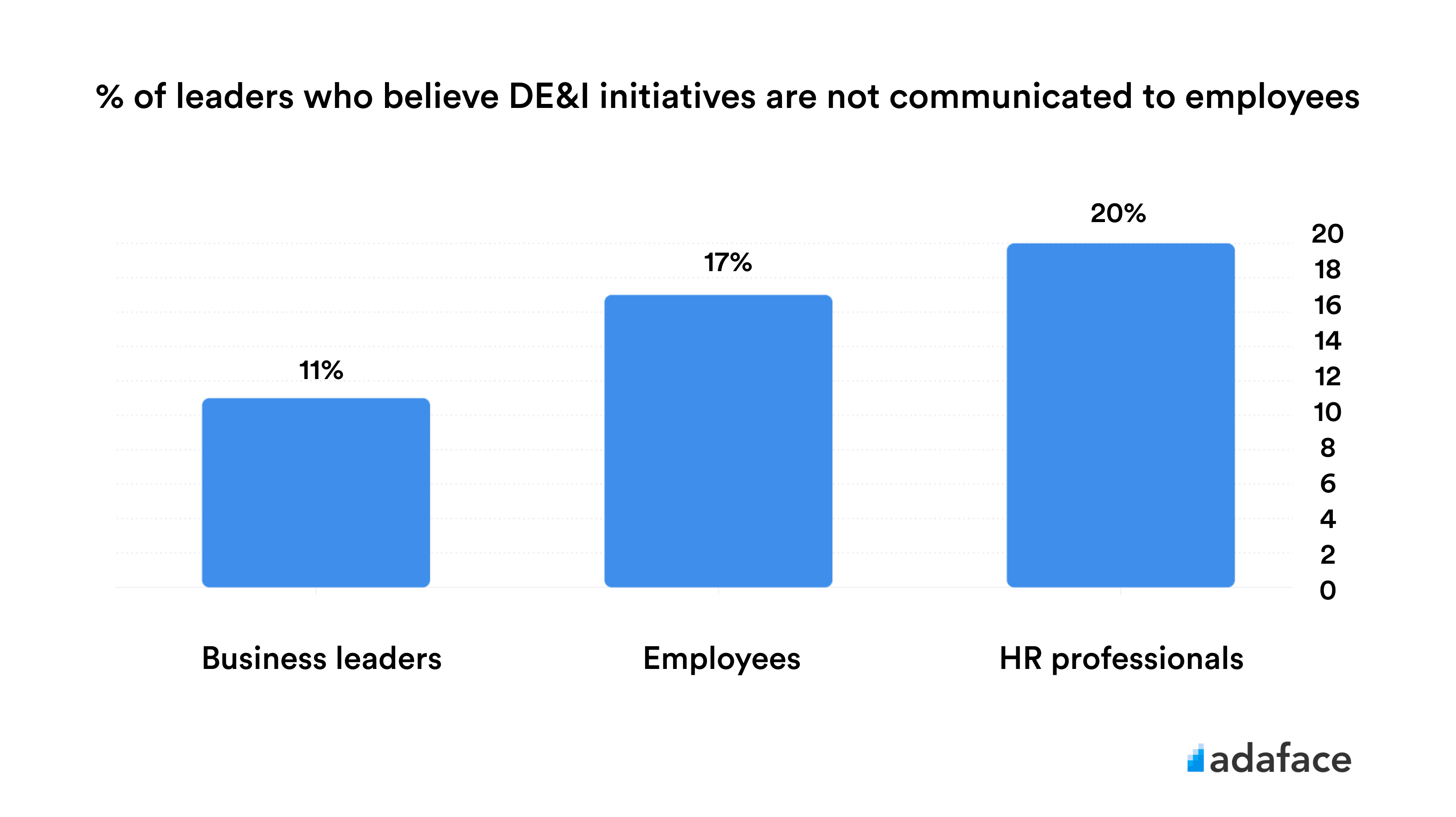
Picture this: a workplace where diversity thrives, and individuals from various backgrounds come together to create something extraordinary. That's the power of inclusive hiring.
But what's in it for you?
When you prioritize inclusivity in your hiring process, you open the doors to enhanced innovation and creativity. Different perspectives bring fresh ideas and unique approaches to problem-solving. An inclusive workforce fosters higher employee engagement and retention, creating a positive and vibrant workplace culture.
What is inclusive hiring?
Inclusive hiring refers to a recruitment and selection process that seeks to eliminate bias and provide equal opportunities for candidates from diverse backgrounds.
It goes beyond simply filling positions; it aims to create a workforce that reflects the rich tapestry of society, where individuals of all races, genders, ethnicities, abilities, and backgrounds have an equal chance to succeed.
With diverse teams, you've got a powerful advantage. Bringing together people with different backgrounds and perspectives gives you a wider range of insights and ideas. This diversity of thought helps you make more well-rounded decisions, see blind spots you might have missed, and tackle complex challenges from multiple angles.
Benefits of inclusive hiring
Foster innovation and creativity
When organizations embrace inclusive hiring practices, they bring together diverse individuals with unique perspectives, backgrounds, and experiences.
According to a study by the Boston Consulting Group, companies with diverse teams outperform their counterparts by a whopping 19% in terms of innovation revenue.
When people from diverse backgrounds work together, they bring fresh ideas, different ways of thinking, and alternative approaches to problem-solving. With a mix of perspectives, creativity thrives because people can draw inspiration from each other, challenge conventional thinking, and push the boundaries of what's possible.
Drive employee engagement and retention
When individuals feel included and appreciated for who they are, they are more likely to be motivated and committed to their work. This sense of belonging and acceptance cultivates a positive work culture that directly impacts employee engagement and retention.
Research by Glassdoor reveals that companies that prioritize diversity and inclusion experience a 22% decrease in turnover.
Employees are encouraged to bring their authentic selves to the workplace, which fosters a sense of ownership and pride in their contributions. This level of engagement translates into higher productivity, increased job satisfaction, and a genuine passion for the organization's mission.
Enhance decision-making and problem-solving
When teams comprise individuals with varied backgrounds, skills, and viewpoints, they bring various perspectives to the table. This diversity ensures that multiple angles and considerations are taken into account when making decisions.
A study conducted by Cloverpop found that diverse teams make better decisions 87% of the time compared to homogeneous teams.
It helps to minimize blind spots, overcome biases, and challenge conventional wisdom. By incorporating diverse viewpoints, inclusive hiring enables organizations to make more well-rounded and informed decisions.
6 best practices in inclusive hiring
Achieving inclusive hiring is a journey that requires deliberate investment in various aspects of the hiring process. It demands a proactive approach to ensure that all candidates not only have the opportunity to participate but also have the ability to showcase their full potential when considering joining your company.
Eliminate bias from job descriptions
The language we use in job descriptions can unintentionally perpetuate bias and discourage qualified candidates from applying.
Research shows that words like “strong” and “competitive” are perceived as male-specific and can discourage female candidates from applying.
To eliminate bias, we should focus on the essential job requirements rather than unnecessary qualifications that may disproportionately exclude certain groups. Use inclusive language that appeals to a diverse range of candidates. Instead of gender-specific pronouns, opt for gender-neutral terms.
In fact, you could even use ChatGPT to create these types of job descriptions. You won't have to worry about introducing any unconscious bias to the job description. For example,
Prompt: Create a job description for a senior front-end developer. Ensure the job description is inclusive and includes no words that might prevent a particular group of people from applying.

Diverse interview panels
Diverse interview panels bring together individuals with varied experiences, knowledge, and viewpoints. This diversity ensures that a wide range of perspectives are considered during candidate evaluations.
When panel members come from different backgrounds, they can offer unique insights and contribute to a more comprehensive evaluation of candidates. Think about the wealth of perspectives that emerge when interviewers have diverse backgrounds. It results in a much more informed hiring decision.
Structured interviewing and assessment
A structured assessment approach uses a standardized set of questions and evaluation criteria to assess each candidate consistently, reducing the impact of unconscious biases and increasing the likelihood of making fair hiring decisions.

Research shows that interviews with higher degrees of structure show higher levels of validity.
It enables organizations to focus on the job-related skills and qualifications of candidates, leading to more accurate predictions of their future performance and enhancing the overall success of the hiring process.
Unconscious bias training
Unconscious biases are deeply ingrained and unintentional prejudices that influence our perceptions and decision-making without us even realizing it. By providing unconscious bias training, organizations help individuals recognize and acknowledge these biases, fostering a more inclusive and equitable hiring process.
By addressing these biases through training, organizations ensure that hiring decisions are based on merit, skills, and qualifications rather than subjective judgments influenced by biases.
Ongoing diversity and inclusion initiatives

Achieving a diverse and inclusive workforce is not possible solely through an inclusive hiring policy. The candidates you attract reflect your ongoing commitment and efforts to foster diversity, equity, and inclusion throughout the organization.
More than 3 out of 4 job seekers and employees (76%) report that a diverse workforce is an important factor when evaluating companies and job offers.
Ongoing diversity and inclusion initiatives demonstrate an organization's commitment to creating a truly inclusive work environment. It goes beyond hiring practices and encompasses policies, programs, and activities that promote diversity and equity at all levels. This sustained focus helps cultivate a culture where everyone feels valued, respected, and included.
Diverse sourcing and recruitment strategies
These essential inclusive hiring practices aim to attract a wide range of qualified candidates from diverse backgrounds. By implementing these strategies, organizations actively seek out talent from underrepresented groups and ensure a more inclusive candidate pool.
As a recruiter, you can look to various platforms to help job seekers from under-represented groups find their next big opportunity. For example,
and many more.
On a final note
Inclusive hiring is not just a buzzword — it's a transformative approach that fosters a more equitable and diverse workforce. Remember, inclusive hiring is an ongoing commitment. It requires organizations to continuously assess and improve their processes, challenge biases, and create an environment where everyone has an equal opportunity to succeed.
Let's embrace these practices, break down barriers, and create workplaces where every voice is heard, valued, and empowered.
FAQs
What is inclusive hiring?
Inclusive hiring refers to a recruitment and selection process that seeks to eliminate bias and provide equal opportunities for candidates from diverse backgrounds.
What are the challenges in implementing inclusive hiring practices?
The challenges in implementing inclusive hiring practices can include overcoming unconscious biases that may influence decision-making, ensuring consistent adoption of inclusive practices across the organization, and addressing potential resistance to change.

Pragnesh is the EiR at Adaface. He loves reading books more than scrolling through social media, which is a big deal if you ask him.
Spending too much time screening candidates?
We make it easy for you to find the best candidates in your pipeline-
with a 40 min skills test.


